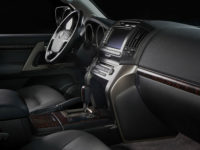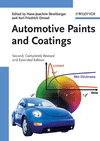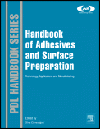Photocatalytic Treatment Removes Pollutants from Car Park

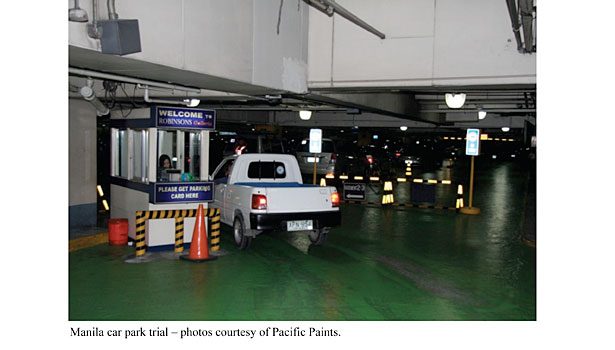
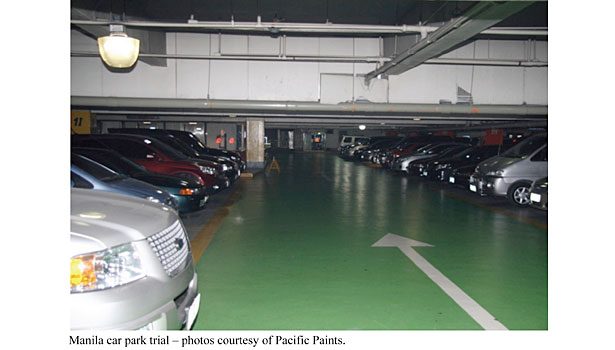



CristalACTiV™ technology was tested in representative field test trials to confirm the laboratory findings on the developmental products. A trial using paint from Pacific Paints (Boysen), containing CristalACTiV photocatalyst was conducted in a car park in Manila, Philippines.
·The interior walls and the ceilings were painted with this photocatalytic treatment for a total surface of nearly 9,000 m2.
·Six months of data on pollutant level trends were gathered and analyzed by our statisticians.
·Despite the relatively low lighting in the car park, at least 1.9 kg NOx were removed per year, 22 g removed per 100 m2 per year.
·A surface of only 100 m2, painted with KNOxOUT™ containing CristalACTiV photocatalyst removes in one year the NOx emitted by a car driving more than 130 km. (Calculation made on an average vehicle respecting Euro 4 emissions regulations.)
Also an Antibacterial Solution
Cristal Global has developed a transparent sol (PC-S7) that demonstrates excellent activity against bacteria such as MRSA and Staphylococcus aureus. The colloids have been shown to work well when applied to painted surfaces, stainless steel and glass. The ISO standard 27447:2009 specifies a method of evaluating the photocatalytic antibacterial activity of photocatalytic materials and provides a mean of quantifying the antibacterial effectiveness of a photocatalytic material surface.
The following conclusions were reached:
·PC-S7 on a painted surface showed overall good photoactivity against MRSA (>99.0 to 99.9% kill).
·PC-S7 on stainless steel demonstrated overall good photocatalytic activity against MRSA (>99.0 to 99.9% kill).
·PC-S7 on glass demonstrated excellent antibacterial activity against MRSA (>99.9% kill).
·PC-S7 on glass demonstrated overall excellent photocatalytic antibacterial activity against Staphylococcus aureus (>99.9% kill).
All testing was carried out by the Paint Research Association, London.
For more information about CristalACTiV technology, visit www.cristalglobal.com.
Looking for a reprint of this article?
From high-res PDFs to custom plaques, order your copy today!






